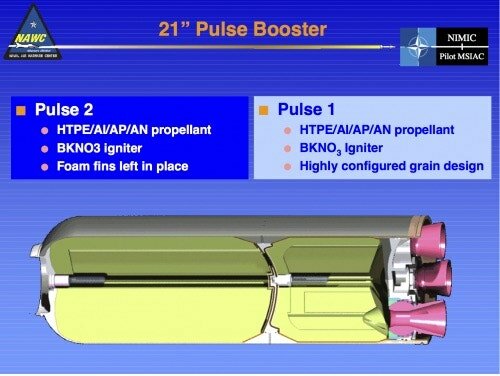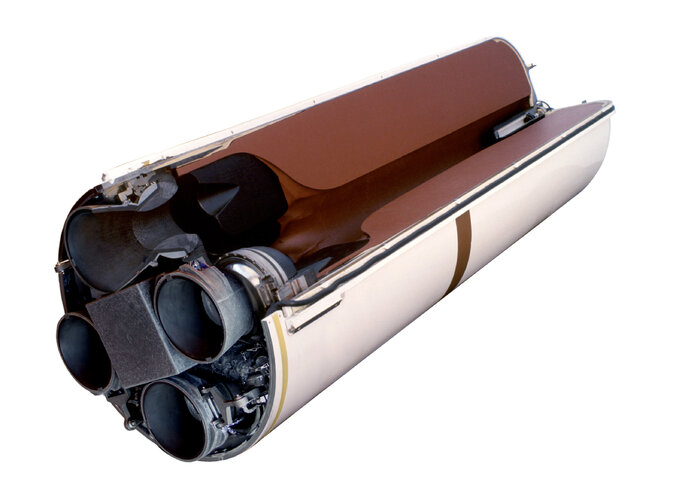- Joined
- 3 June 2011
- Messages
- 18,369
- Reaction score
- 12,323

Rocket found off Irish coast shrouded in mystery as Virgin Orbit rules out ownership
It was believed the engine could belong to Virgin Orbit, but the company has ruled out the prospect, prompting further questions




